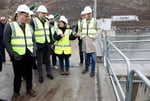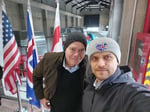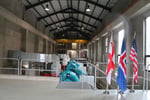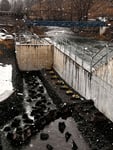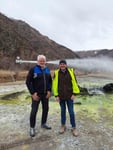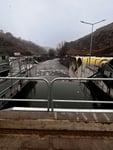Sveinn Ingi Ólafsson, engineer at Verkís Engineering & Consulting, was among the representatives of the Icelandic business delegation that visited Georgia last March during the official visit of the President of Iceland. Sveinn Ingi, who served as Verkís’ managing director from 2008 to 2021, is still involved in various projects, including overseeing Verkís’ operations in Tbilisi.
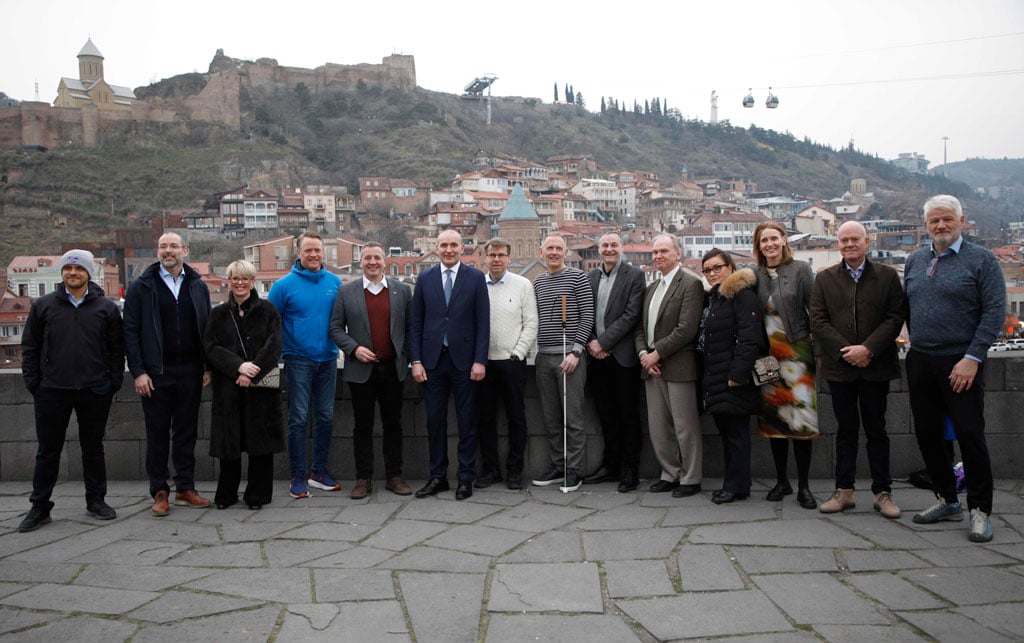
Sveinn Ingi is second from right in the photo.
The purpose of the business delegation’s visit was to explore opportunities for increased collaboration related to renewable energy development and green solutions. Specifically, the focus was on geothermal energy, climate-friendly investments, and hydropower projects. Verkís has been working on projects in Georgia for several years, dating back to 2008, as Sveinn explains, with many of these projects related to hydropower utilisation.
“Georgia is rich in water resources, thanks to the Caucasus Mountains forming the northern border of the country,” says Sveinn. “Formerly part of the Soviet Union, Georgia has a long and colourful history. Its people are proud of their culinary traditions and winemaking,” he adds.
According to Sveinn, Verkís’ projects in Georgia often involve collaboration with Landsvirkjun Power (LVP), a subsidiary of Landsvirkjun, the national power company of Iceland. “In the early consulting projects, LVP and Verkís brought in experts with decades of experience in developing hydropower projects in Iceland. In Georgia, there was a significant need for engineers with expertise in hydropower since during Soviet times, most of that expertise came from Russia. However, after the Russian invasion of Georgia in 2008, that collaboration was obviously no longer feasible.”
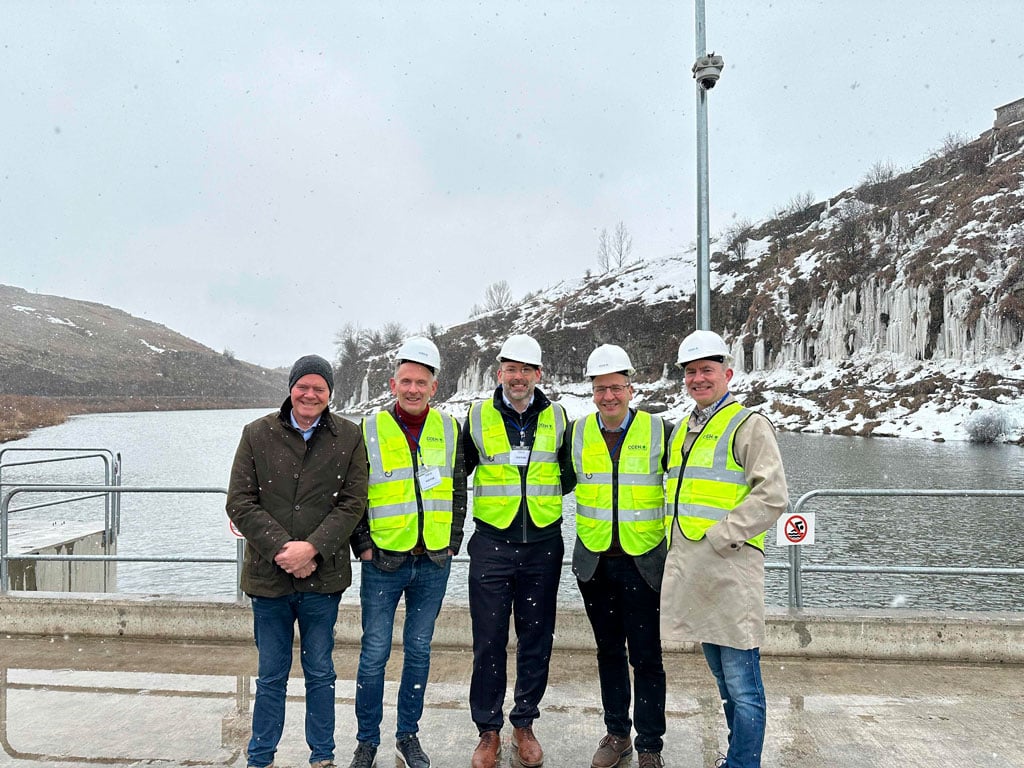
Aiming to Increase the Share of Renewable Energy
Verkís’ partners in Georgia primarily consist of companies and funds interested in investing in hydropower projects. However, the country’s authorities are aiming to increase the share of renewable energy in electricity production. Currently, most of the energy for electricity generation comes from hydropower and natural gas, but in recent times, wind and solar energy projects have also been added.
“The procedure for utilizing hydropower involves the government issuing some form of research permit for interested parties during public tenders. The licensee then conducts feasibility studies and subsequently decides whether to proceed with the projects,” explains Sveinn Ingi. “Many of Verkís’ projects in Georgia have focused on pre-assessing hydropower developments, including environmental assessments and geological surveys. Verkís has also provided full design services during the construction phase of power plants. The largest project of this kind was the Dariali hydropower plant, which has a capacity of approximately 100 MW. The latest example is the Akhalkhalaki plant, with a capacity of around 20 MW, visiting which was a highlight during the official visit of the President of Iceland in March.”
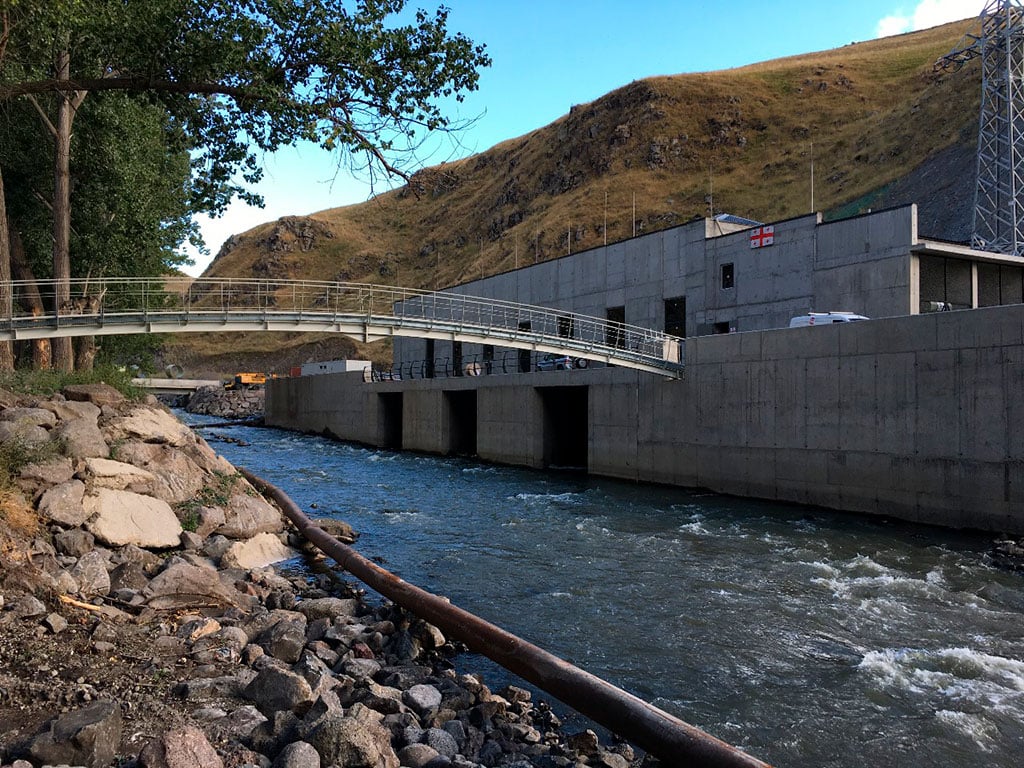
Challenges in a new environment
It is worth noting in this context that the Akhalkhalaki project has a unique position, as LVP and Verkís conducted a feasibility study for their share in the company that owned the project. When the feasibility study indicated that the project would be profitable, LVP decided to invest in the project, acquiring a minority stake in the power plant, while Verkís retained a smaller share. “The benefit of working on projects in other countries than Iceland lies primarily in facing new challenges associated with a different environment and learning how other countries approach energy production. This, in turn, broadens perspectives and experience.”
Sveinn Ingi further points out that the official visit of the president to Georgia has drawn attention from authorities there due to the significant experience Verkís and LVP have gained from hydropower projects in Georgia. “Participants in the trip received information about the government’s future plans in energy matters and met with numerous influential figures in the energy sector. Such connections contribute to ongoing project research in the country,” says Sveinn.
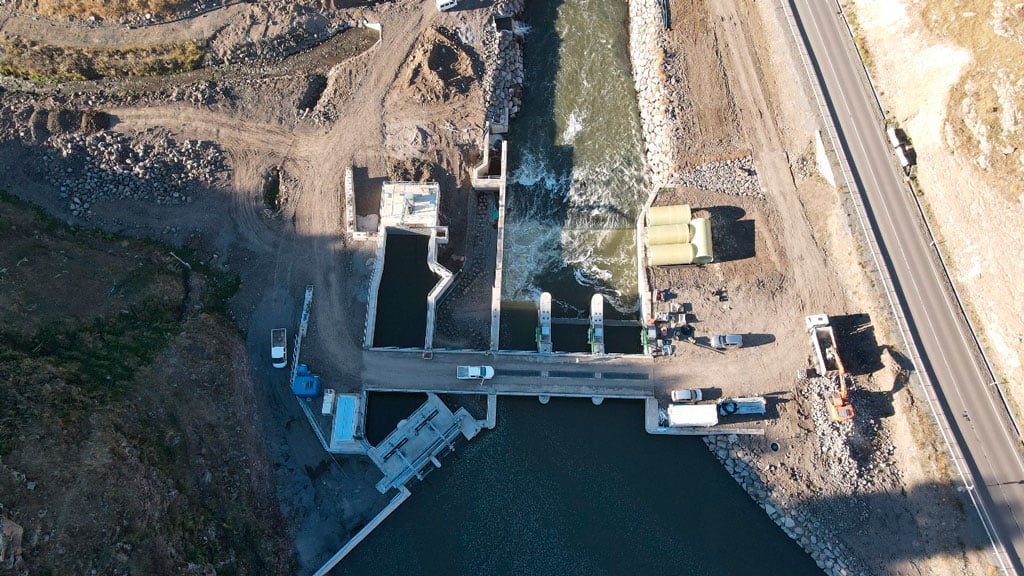
Consulting projects worldwide
According to Sveinn, Verkís also owns subsidiary companies in Norway and Greenland providing general engineering services in those regions using their own staff, often collaborating with Verkís in Iceland. Additionally, the company has worked on consulting projects related to geothermal utilisation globally over several decades. “These projects have varied in nature and have been carried out for various stakeholders,” says Sveinn. “Development banks like the World Bank Group often purchase specialized consulting services in this field, as do the governments of countries interested in harnessing geothermal energy and investing in geothermal power plants.”
Currently, Verkís is acting as a consultant for the owner of a 35 MW geothermal power plant in Menengai, Kenya. Verkís serves as the so-called “Owners Engineer” and oversees all design aspects while monitoring the construction process, including equipment installation and plant construction. “Here, as elsewhere, Verkís draws on its extensive experience accumulated from developing geothermal power plants back home in Iceland,” says Sveinn Ingi.
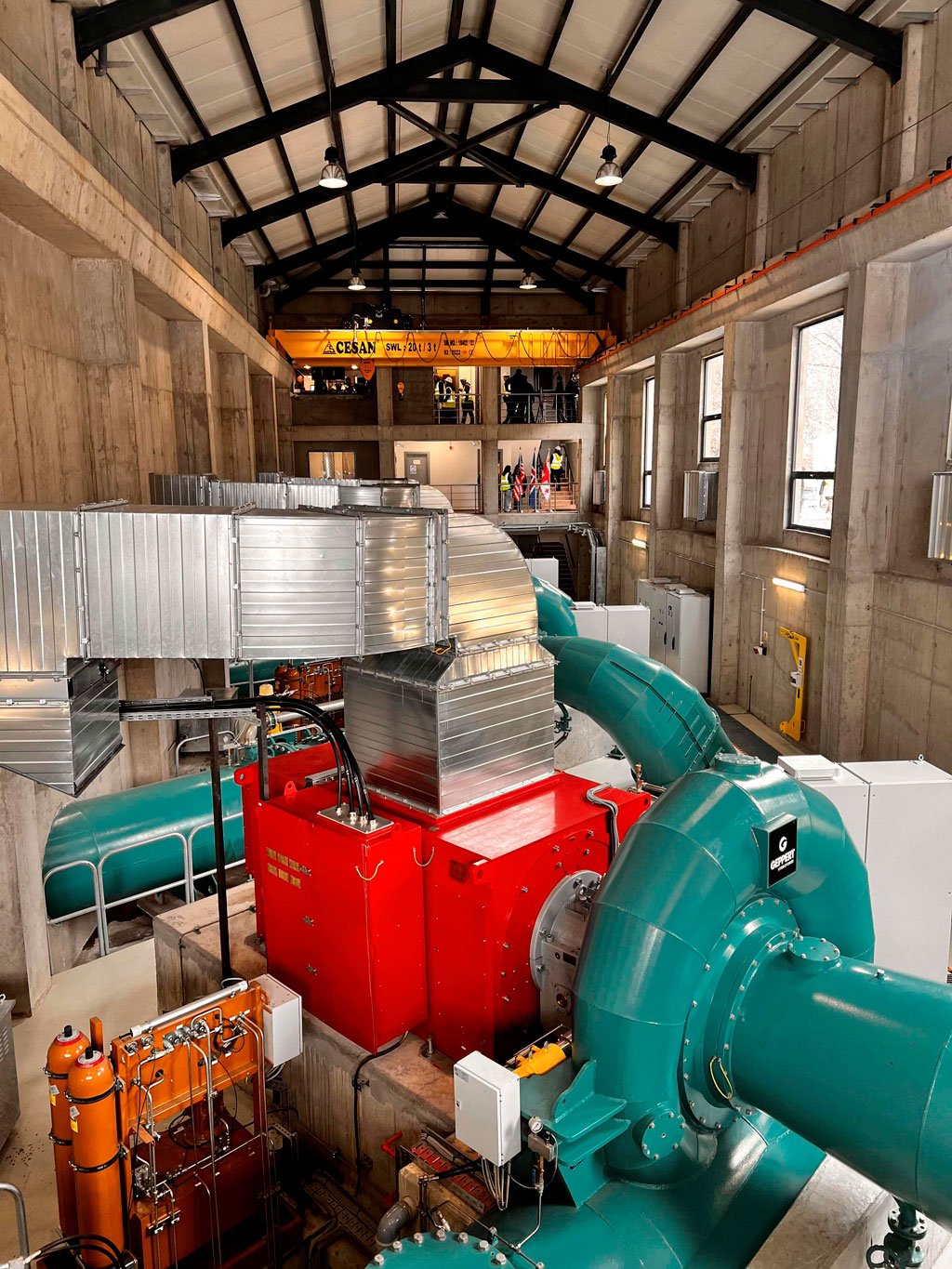
Verkís is currently involved in numerous large-scale projects, including new developments and maintenance at Keflavík International Airport, the Norðurál Aluminium Smelter, Hvammsvirkjun Power Plant, Svartsengi Geothermal Power Plant expansion and enhancements to existing operations, energy transmission projects, district heating systems, transportation infrastructure, and more. “Internationally, there is continued interest in projects related to renewable energy and energy transition,” Sveinn points out. “One notable example is Project Gamma, where innovative solutions for energy transition are being developed and tested through modifications to a transport vessel during operation.”




